
Man with the most Rembrandts is wooing China to save big cats
American billionaire Thomas Kaplan, who made his fortune by betting on precious metals, tells us how he how he is using art to save big cats and humanity – starting in China
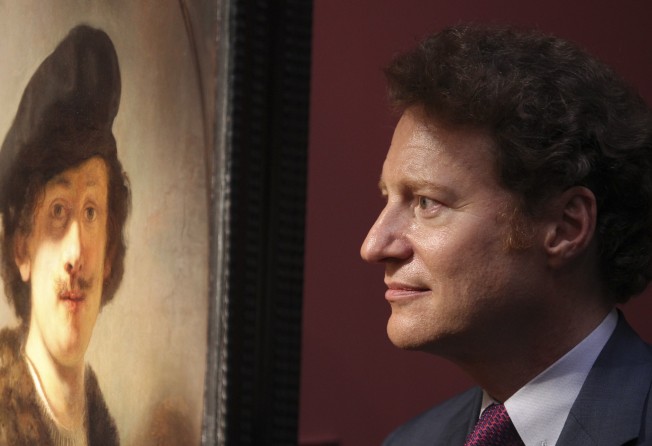
Thomas Kaplan’s signature three-piece suits spell taste and money and a buttoned-up approach to life. By comparison, the American mining tycoon’s spending sprees appear to border on the impetuous.
From 2003 to 2008, he bought 17th-century Dutch oil paintings at the rate of one a week, including works by his favourite artist, Rembrandt van Rijn. The New York-based billionaire went from having not one “old master” – a term for major European artists active before the early 19th century – to owning, with his wife, Daphne, the world’s biggest private collection of works from what is often referred to as the “golden age” of Dutch art.
The Kaplans do not have their own exhibition space and the best of the 250 pieces in their Leiden Collection – named after the Dutch town in which Rembrandt was born, in 1606 – are almost always on loan. Until recently, they chose not to promote the fact that they are the owners of significant works by Rembrandt, Peter Paul Rubens, Johannes Vermeer … names that belong to the celestial realm of art history.
“We have been lending to about 40 museums around the world,” Thomas Kaplan tells Post Magazine. “We used to do that anonymously and we liked it that way. Owning doesn’t confer respectability. We had no desire for the social cachet that would come with being seen as collectors.”
But the couple have decided a low-key approach no longer strikes the right note. In Shanghai – the city where collectors often live by the motto “if you’ve got it, flaunt it” – Kaplan explains that he is taking his paintings around the world to spread the word about his other passions: saving big cats and using art to promote a sense of cultural openness and shared humanity.

It is September, and he is in Shanghai to launch the Leiden Collection Exhibition at the Long Museum (West Bund), where visitors are the first to see 78 of the collection’s highlights under one roof since the Kaplans decided to go public, in January, and publish an online catalogue. A smaller selection was unveiled at the Louvre, in Paris, and Beijing’s National Museum of China earlier in the year. The exhibition will travel to the Louvre Abu Dhabi when it leaves Shanghai, in February.
Sitting in a conference room inside the sprawling Long Museum in the West Bund cultural district, the ginger-haired 55-year-old wears a disarming grin and exudes the easy confidence of a man who has made many a successful bet – and managed to extricate himself from the odd bad one without rumpling that suit. As he shares his views on collecting, history, wildlife and politics, it becomes clear Kaplan is driven by a strong sense of mission, and an unshakeable conviction that he is doing the right thing.
In 2003, Kaplan was in Croatia, on a yacht owned by Francesca von Habsburg-Lothringen, one of his many wealthy, aristocratic connections.
“Norman Rosenthal, the former Royal Academy director, was there and we chatted about art and he asked me what I would collect if I could,” Kaplan recalls. “I said Rembrandt, but there was no way I could ever afford one.”
As he discovered through Rosenthal, however, old masters were – and still are – affordable compared with Impressionist, modern and contemporary art (although the sale last month of a Leonardo da Vinci painting for US$450.3 million may suggest otherwise). And there is a good reason for that: the authenticity of the few good 400-year-old paintings that are not in the hands of museum or royal collections is often difficult to prove, and there have been many examples of “master forgers” fooling the most expert of eyes.

Han van Meegeren made numerous fake Vermeers before the second world war and Portrait of a Man was wrongly attributed to Frans Hals until Sotheby’s declared it to be a modern fake last year.
Kaplan’s first purchase was a modest one: a 10cm-long oval portrait of a young man painted by Gerrit Dou, son of a Leiden glazier and an apprentice of Rembrandt’s from 1628 until 1631, when the latter moved to Amsterdam.
“I bought it one month after the conversation on the boat,” Kaplan recalls.
A London dealer mentioned that he had what he was convinced was Dou’s Portrait of Dirck van Beresteyn (1652) in his gallery.
“The attribution was unclear since all known Dous were on wood; this one is on silver-copper alloy. The dealer knew it was a Dou but he couldn’t sell it because he couldn’t get an expert to certify it. But I was convinced,” Kaplan says. “I have been studying Dutch paintings since I first fell in love with them in the Metropolitan Museum of Art [in New York] at the age of six. Turns out I was right.”
A few years after he bought the portrait, he was introduced to Ronni Baer, a senior curator of European paintings at the Museum of Fine Arts, in Boston, and an expert on Dou.
“I asked her why she didn’t accept the portrait as a genuine Dou and she said, ‘Oh, I changed my mind about that a long time ago.’
“I have bought paintings on the basis on my own conviction ever since,” Kaplan says. “It’s based on decades of museum visits.”
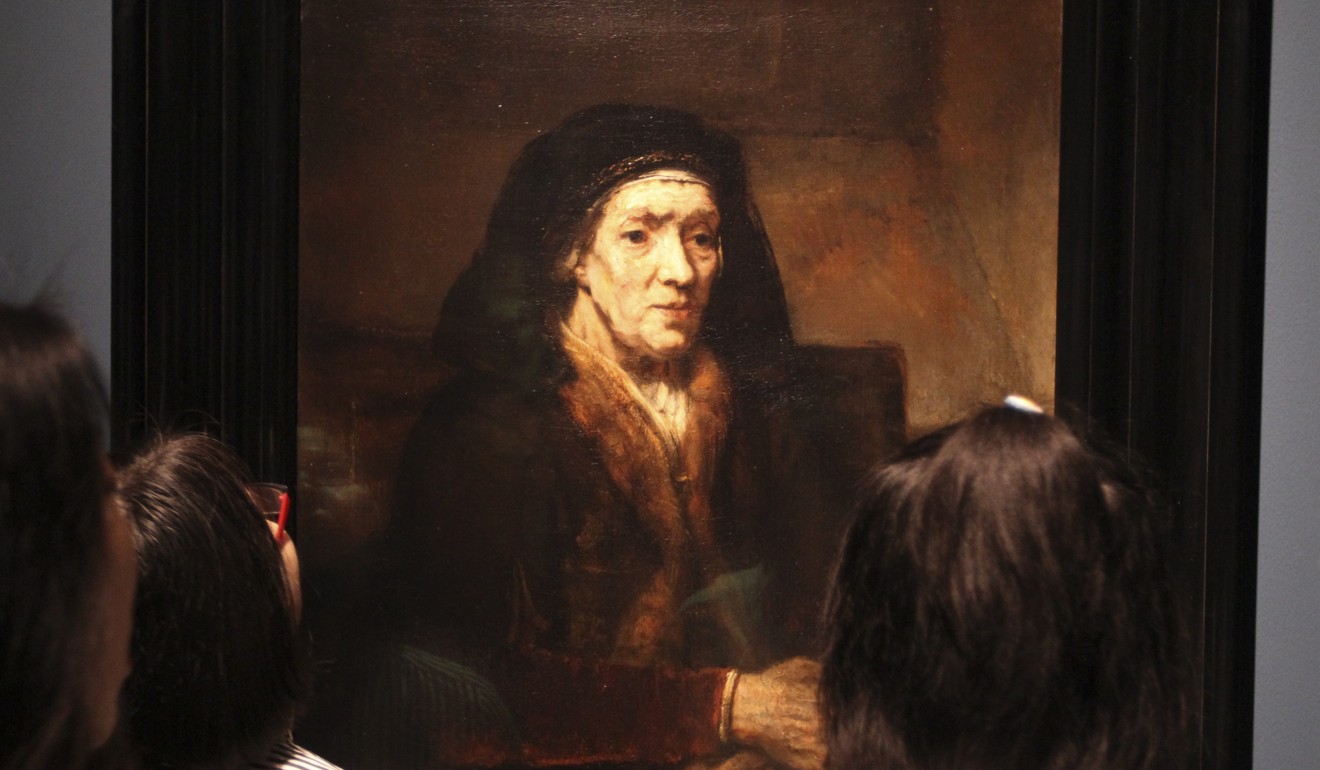
In January, he bought a painting that could soar in value if its attribution to Rembrandt is confirmed. Portrait of a Seated Woman with her Hands Clasped (1660) is a haunting image, painted with loose brush strokes, of an old woman sitting in the shadow. Only her severe, thin face and blue-veined hands are lit. Valued at between US$300,000 and US$500,000, it was meant to be sold at auction in New York by a family that had owned it since the 1970s. Kaplan was so keen to have it, he made a deal with Sotheby’s and took it home before the auction. Hebelieves the working-class sitter could be Rembrandt’s housekeeper, who the artist had painted 20 years earlier – one of the finest works in Kaplan’s collection, called Study of a Woman in a White Cap (1640).
I was interested in Rembrandt’s Self-Portrait with Shaded Eyes [1634] that Steve [Wynn] also owned, but he would sell that to me only if I also bought the Vermeer. So I bought both. It just goes to show that luck can matter more than brains, as the Vermeer is a lot rarer
The lovingly executed earlier portrait perfectly encapsulates the humanist values of Rembrandt and a period when the rise of the bourgeoisie in the Netherlands would topple social hierarchies and redefine artistic tastes. A New York dealer had bought Study of a Woman in a White Cap at a Sotheby’s auction in 2008 for US$4.3 million. Kaplan bought it from the dealer for an undisclosed amount. That may seem a lot of money but consider that, in 2008, Francis Bacon’s Triptych, 1976sold for US$86 million, a then record for post-war art. (The current record was set in 2013, when another Bacon triptych sold for US$142.4 million.)
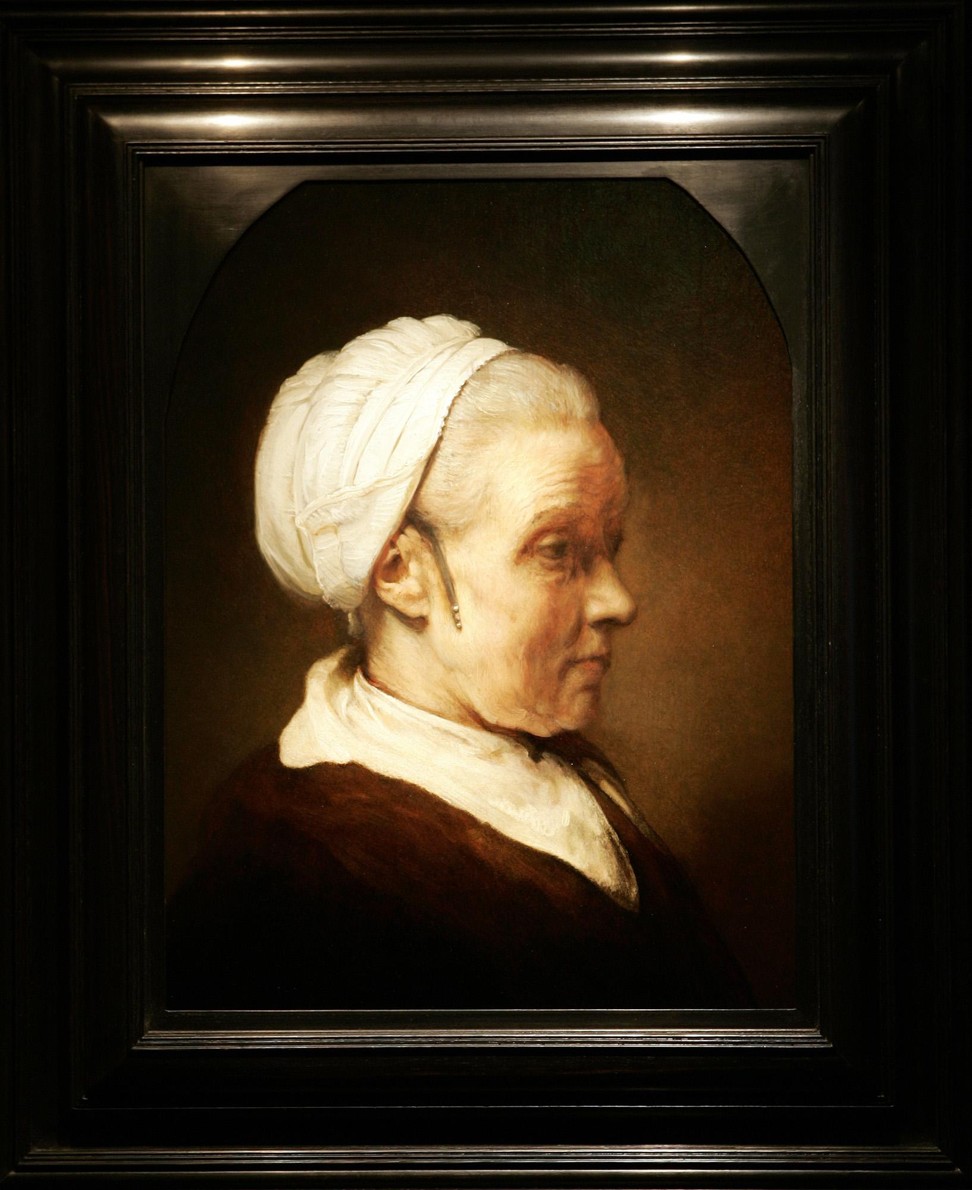
When the global financial crisis hit, the Kaplans were sitting on a lot of cash, having had the foresight to sell a platinum company in South Africa and an energy company in the United States, and three important additions were made to his collection. Steve Wynn, owner of some of the world’s biggest casinos, had in 2004 paid £16.2 million for Vermeer’s Young Woman Seated at a Virginal (1670-72) after pigment tests dispelled decades-long doubts over the authenticity of the painting. Four years later, he put it back on the market.
“I was interested in Rembrandt’s Self-Portrait with Shaded Eyes [1634] that Steve also owned, but he would sell that to me only if I also bought the Vermeer. So I bought both,” Kaplan says. “It just goes to show that luck can matter more than brains, as the Vermeer is a lot rarer.”
In 2008, Kaplan also picked up one of the most important Rembrandts in his collection: Minerva in Her Study (1635). He now has 13 confirmed Rembrandts.
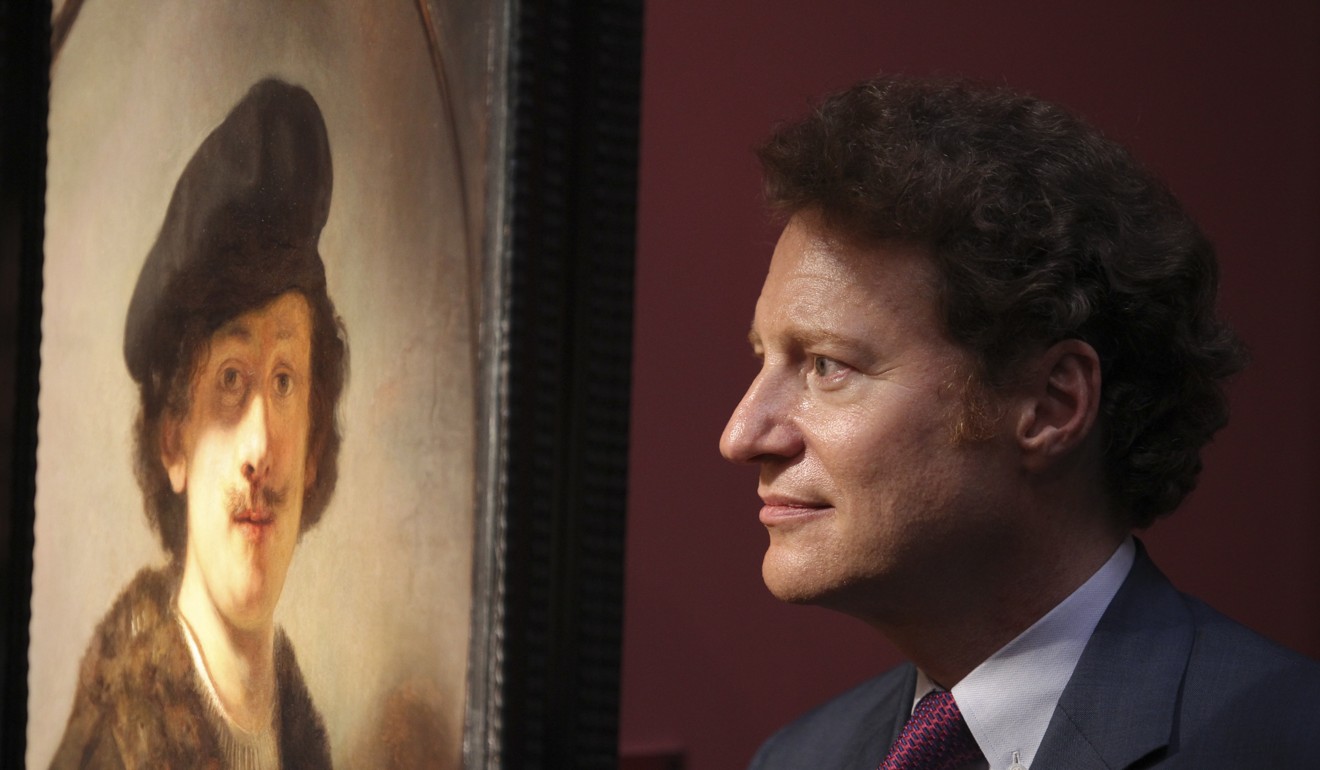
He admits to having made mistakes, such as buying a painting thought to be by Pieter de Hooch, a contemporary of Vermeer.
“I had never found examples of his work in the market, and so I paid tens of thousands of dollars for a painting attributed to him. I was unsure, but I bought it out of frustration as I didn’t have a de Hooch. When the restorer cleaned it, the head in the portrait came right off,” he says.
His track record, he hastens to add, is still mostly one of buying unproven works that are later “upgraded” by experts.
“I apply the same confidence and principle in collecting as I do in business. When I have a conviction, papa is going all in with all the chips on the table,” he says. “My family despair of me sometimes.”
Having three degrees from Oxford University no doubt helps on the confidence front. For his PhD, he studied the role of the commodities market during the Malayan emergency (1947-60). Researching historical links between commodities and politics had him convinced that metals, oil and gas would always be a good hedge against the volatility of geopolitics, and he has amassed a fortune valued by the Forbes rich list at about US$1 billion.

His career began in 1993, when Kaplan set up a company to mine for silver in Bolivia. He later invested in gold, oil, natural gas and other metals, never tiring of the adrenaline rush of volatile, boom-to-bust market cycles.
“The odds in mining are so challenging you either have to be delusional or very confident,” he says. “The odds being what they are, I am the luckiest person I’ve ever met.”
Or the most tenacious. After years of negotiation, his companies have relocated entire villages to gain access to underground deposits. In Bolivia, in 1999, his Apex Silver Mines levelled the village of San Cristóbal and moved its 200 inhabitants, their 400-year-old cemetery and a church to mine for silver and zinc. In Romania, a Canadian company in which he is a key investor has relocated thousands to make way for what could be Europe’s biggest gold mine. Gabriel Resources has yet to convince Bucharest to approve the project because of concerns over the cyanide used in gold mining.
Kaplan left Apex in 2004 and, by most accounts, the residents of San Cristóbal have been economically better off since the mine opened. Still, it would be fair to say that Kaplan is no friend of environmentalists concerned about the damage caused by large-scale mining. So there is irony in the fact that one of Kaplan’s missions today is to save big cats in the wild.
Yes, China is responsible for a lot of the damage. But also be aware that America wiped out entire species. China is now a leading advocate in free trade and climate change. One day, China will export wildlife conservation expertise to the rest of world
In 2006, Kaplan and Daphne – the daughter of one of Israel’s wealthiest businessman, Leon Recanati – founded Panthera, a charity that works mainly with non-profit partners that possess expertise in the countries where 40 wild-cat species reside. Projects include tiger reserves, a jaguar corridor spanning 14 countries in Central and South America and anti-poaching programmes. There is a great deal of urgency in its work in Asia. A century ago, there were as many as 100,000 wild tigers in Asia; today, no more than 3,900 remain.
“China’s opportunity is unusual because the country is the likely home of up to half of the world’s remaining snow leopards,” Kaplan says. “Local organisations have been setting up tiger reserves that are already producing results.”
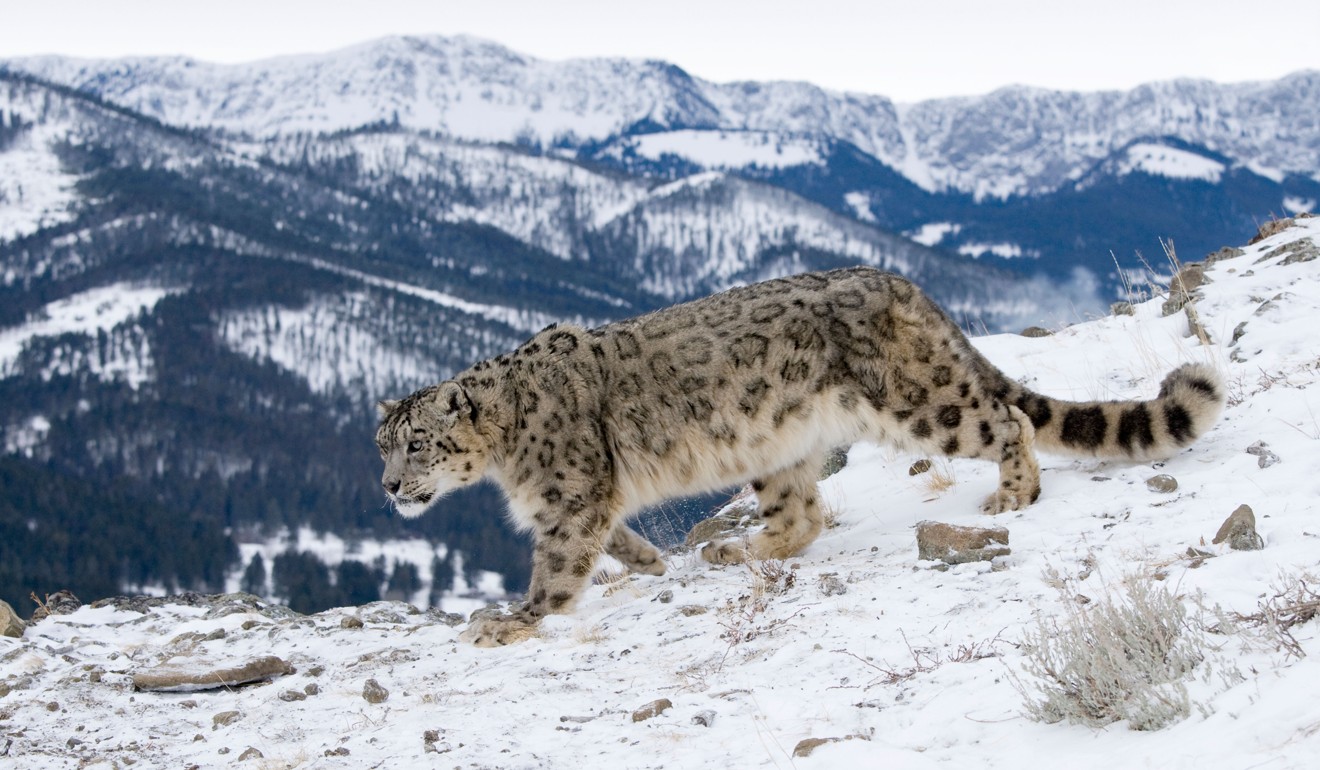
This is where the art comes in. The opening galas of the Beijing and Shanghai exhibitions launched him like a debutante into Chinese high society. After all, people such as Liu Yiqian and Wang Wei, the couple who own the Long Museum, are wealthy enough to pay US$170 million for a painting by Amedeo Modigliani and are driven by a philanthropic desire that has seen them build massive museums to promote the value of art and cross-cultural understanding.
At the Beijing opening, Kaplan was introduced to He Qiaonyu, the 51-year-old founder and owner of a massive landscape architecture company, Beijing Orient Landscape. According to this year’s Hurun rich list, she is worth 26.5 billion yuan (HK$31.4 billion) – making He four times wealthier than Kaplan – and, in October, she pledged US$20 million to Panthera to fund conservation programmes for 10 years.
This assembly of wealthy philanthropists does suffer from attrition, however. He’s pledge has come in at just the right time, as Panthera has had to cut ties with another Asian big-name donor, Low Taek Jho, also known as Jho Low, the flamboyant financier linked to the siphoning off of billions of dollars from Malaysia’s sovereign wealth fund, 1MDB.
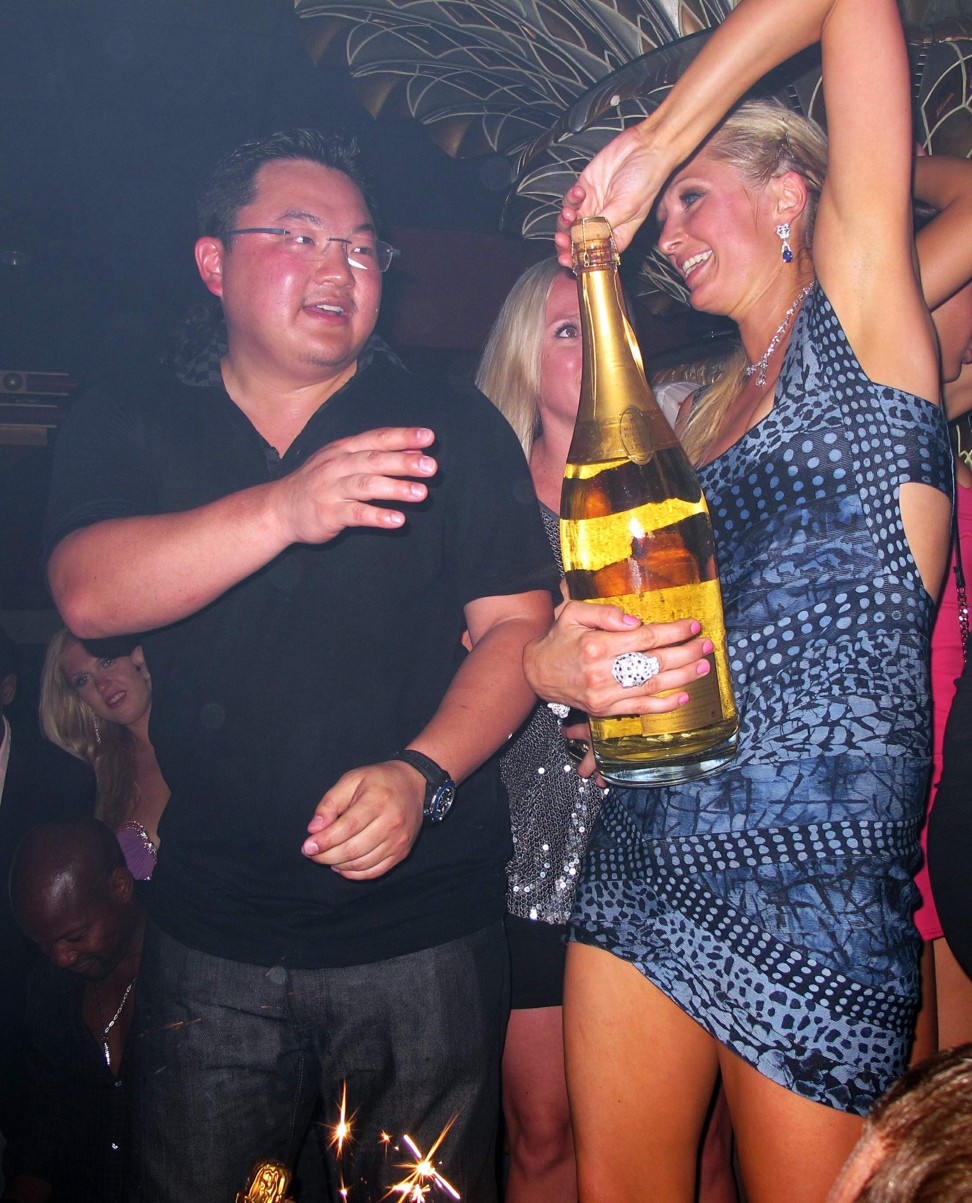
In 2014, Low pledged US$20 million to the charity over 10 years, together with another key partner in Panthera, Sheikh Mohammed bin Zayed Al Nahyan, the crown prince of Abu Dhabi. Today, the prince chairs the Mubadala Investment Company, Abu Dhabi’s sovereign wealth fund, which recently took 1MDB to arbitration over unpaid debts. Low, who denies any wrongdoing, is “no longer a relationship”, according to Panthera’s public-relations firm.
Having Chinese partners on board will help to take Panthera and other worldwide nature conservation efforts to a whole new level, Kaplan claims.
“Yes, China is responsible for a lot of the damage,” he says. “But also be aware that America wiped out entire species. China is now a leading advocate in free trade and climate change. One day, China will export wildlife conservation expertise to the rest of world.”
He wants to convince Chinese billionaires that their private endeavours can save rare animals as well as reverse the reputation their compatriots have for an insatiable and damaging appetite for shark’s fin, rhino horn and ivory, as well as a disregard for the environmental cost of economic development.
At the heart of his professed mission “to see China go from pariah to saviour” is a growing fear that racism, populist nativism and retrenchment are spreading around the world. An American Jew married to an Israeli, he says his family are mindful of the dangers of racism.
But as one of the main supporters of United Against Nuclear Iran (UANI), a powerful lobby group in the US that lays all current woes in the Middle East at the door of the Iranians, Kaplan’s plea for inclusiveness and the ridding of stereotypes may sound hollow.

As his paintings hang in the tranquil setting of the Long Museum, tension is mounting in the Middle East as US President Donald Trump disavows the 2015 multilateral nuclear agreement with Iran, a move that UANI has long fought for. Meanwhile, the rivalry between Saudi Arabia and Iran is being played out in a proxy war that has led to a humanitarian crisis in Yemen and is escalating sectarian tension to a dangerous level in Lebanon.
In a speech at UANI’s Iran Summit on September 19, Kaplan gave an almost apocalyptic assessment of the threat posed by the nation, comparing its ambitions in Iraq to how “the reticulated python digests a goat”. Granted, Iran’s leaders parade missiles with signs that promise “Death to Israel”, but Kaplan’s attacks on Tehran jar with his vision of a less divided world.
“I oppose stereotypes, but I also vigorously oppose those who promote them,” he insists in an emailed follow-up to the Shanghai interview. “I have no quarrel with the oppressed Iranian people [...] but we must deal with the regimes that actually exist today, not the ones that we hope will exist tomorrow.”
As someone who was brought up in the US, was educated in Europe, has been travelling to Asia since childhood and is an investor in assets around the world, he says he firmly believes in a world without walls, where capital and ideas flow freely. And that, he says, is the message encapsulated in the Dutch art he is showing in Shanghai.
“Rembrandt was one of the most important and universal artists in the world. His subject matters were not determined by religion and the concept of beauty as defined by Spanish and Italian art. They rebelled in bourgeois sensibility. The art was a product of a time when there was a boom in global trade and the Dutch were the most engaged in trading with China,” he says.
He hopes the audience will see something of themselves and the time in which they live in the paintings.
“If you look at history, China’s isolation in the 1960s and 70s was an aberration. In a normal cycle, China will always be integrated with the rest of the world,” he says.
“If China wants to exercise soft power they can do it by saving elephants and tigers. That will be at least as powerful as having a couple of aircraft carriers.” ■
“The Leiden Collection Exhibition” runs at the Long Museum, West Bund, Shanghai, until February 25.